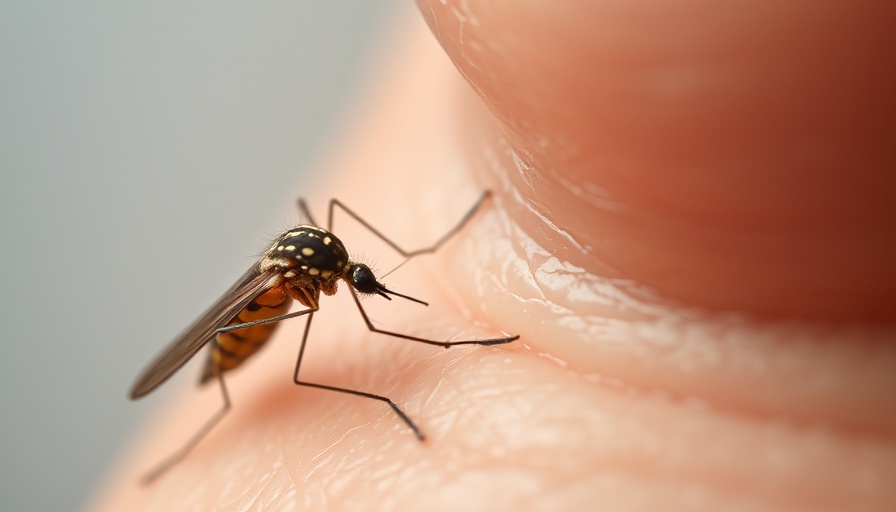
Florida's Controversial Decision on Fluoride in Drinking Water
On Thursday, May 1, 2025, Florida's lawmakers made a significant move that could affect the dental health of countless residents. A bill to ban the addition of fluoride to public drinking water has been approved and is now awaiting the signature of Governor Ron DeSantis. Many public health experts are voicing concerns about the potential negative health implications of this legislative change.
The Context Behind the Ban
The primary objective of adding fluoride to drinking water has long been to prevent tooth decay, especially in children. With an extended history of over 80 years, community water fluoridation has been supported by a wealth of scientific evidence demonstrating its safety and efficacy. However, DeSantis, who has previously called fluoridation "forced medication," is now considering this bill, which would also restrict any additives in drinking water—even those deemed essential for quality and safety.
Responses from Health Experts
Criticism has erupted from many in the dental community. Jeff Ottley, president of the Florida Dental Association, emphasized that removing fluoride could harm dental health, especially among vulnerable populations. Miami-Dade County Mayor Daniella Levine Cava echoed these sentiments, stating that this ban could have long-lasting effects on community health.
The Bigger Picture: Public Health or Personal Choice?
Supporters of the ban, including Republican state Rep. Danny Alvarez, contend that the decision should emphasize personal liberty over mandated health interventions. This sentiment reflects a growing trend nationwide, where some states like Utah are also moving to limit or halt water fluoridation. With such contentious views vying for dominance, the debate over fluoridation has sparked discourse about public health ethics versus individual rights.
Future Implications and Risks
The decision to ban water fluoridation also comes amid changing narratives around health advisories. U.S. Health Secretary Robert F. Kennedy Jr. suggested a halt to CDC recommendations for fluoride, citing concerns raised in a recent federal report linking high fluoride levels with declines in children’s IQ. However, it’s essential to note that the conclusions drawn from this report do not apply to the low concentrations typically found in U.S. drinking water. This complexity fuels further debate on the issue.
Conclusion: What This Means for Floridians
As the future of fluoride in Florida's drinking water hangs in balance, citizens must stay informed about these developments and their potential health implications. This significant public health discussion underscores the need to balance individual choice with community well-being. For those seeking more detailed information on medications, drug safety, or alternative health strategies, contact us for more resources and guidance.
 Add Row
Add Row  Add
Add 




Write A Comment